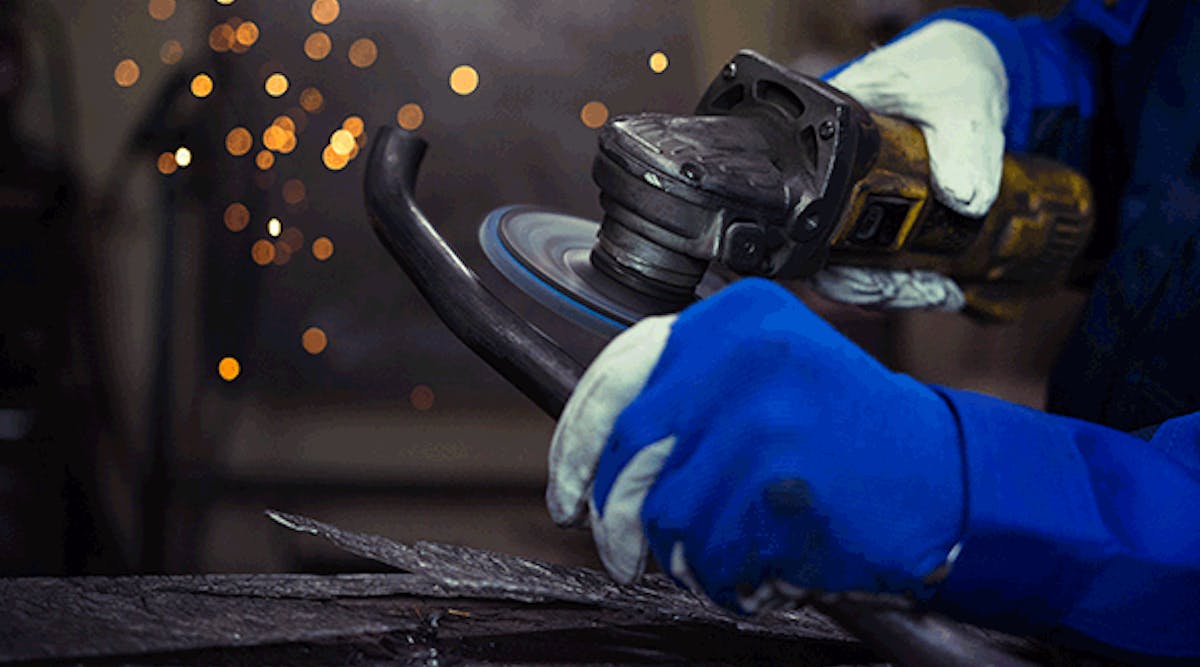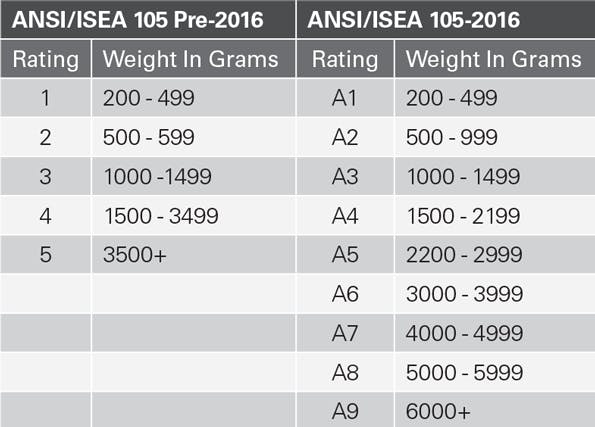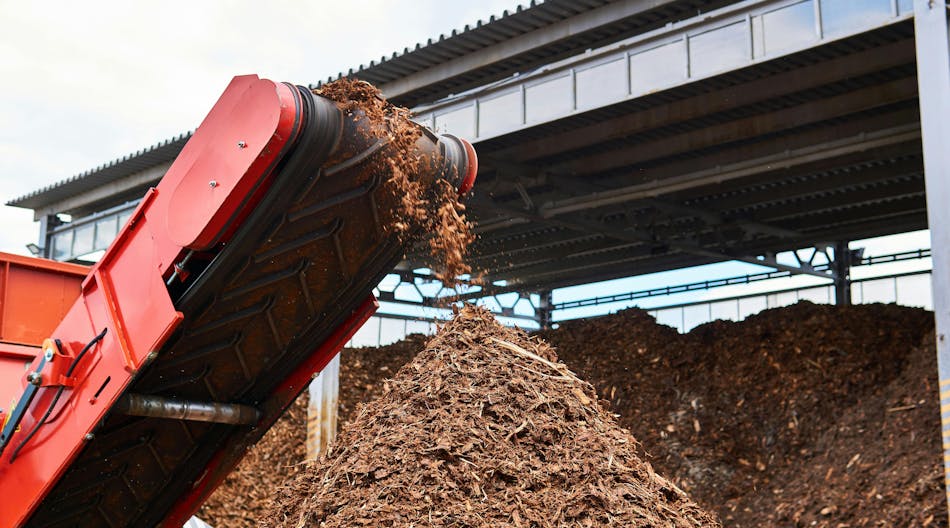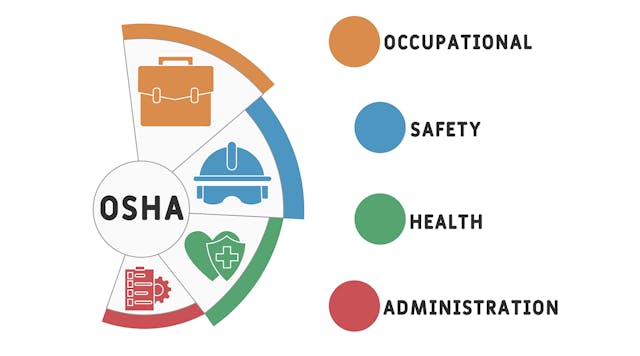Our hands consist of bones, ligaments, muscles, tendons, nerves, blood vessels, skin and nails. Working in unison, they provide strength and dexterity enabling us to perform routine tasks and accomplish precision movements – until an injury happens.
The U.S. Bureau of Labor Statistics has been reporting data on nonfatal workplace injuries by body part affected for more than a decade. Injuries to upper extremities consistently top the list of nonfatal injuries, with hand injuries making up the largest subsection. Hands are susceptible to many types of injuries, including strains, sprains, burns, cuts, lacerations, punctures, fractures and amputations.
In 2015, there were more than 902,000 nonfatal injuries involving days away from work in private industry. Injuries to upper extremities topped the list with more than 294,000 injuries, and injuries to the hand accounted for more than 124,000 of those injuries.
When engineering and administrative controls are not enough, cut-resistant gloves can help prevent hand injuries. To ensure the correct cut-resistant gloves are being selected, you have to understand the current industry standards and levels of cut protection.
Industry Standards and Levels of Cut Protection
Two standards are used to evaluate the cut protection levels of gloves. The American National Standards Institute/International Safety Equipment Association (ANSI/ISEA) 105 "American National Standard for Hand Protection" is the U.S. standard for glove testing. The European standard – EN388 "Protective Gloves against Mechanical Risks" – is the European Union (EU) standard for glove testing and it also is referenced globally. Both ANSI/ISEA 105 and EN388 are used to test gloves for mechanical risks such as abrasion, cut, tear and puncture, with cut ratings generating the most interest amongst glove users.
ANSI/ISEA 105-2016 is the fourth revision of the voluntary consensus standard that first was published in 1999. Significant changes to the cut-resistance classification determinations have been made through the years.
EN 388-2016 uses different level groupings and references two different cut test methods in the revised standard. The use of the second test is dependent upon the results of the first. The first test uses the coupe test and a rotating blade under a fixed weight is moved back and forth on the surface of the glove until cut-through. The results are then compared to a reference fabric.
You must know the grams of cut resistance required to avoid confusion between the old and new ANSI/ISEA and EN 388 standards. Manufacturers are being given a transition period to change product labeling and content to reflect the ANSI/ISEA 2016 levels. All pre-existing EN 388 certifications will remain valid until a new certification is needed (maximum of five years).
$afety Pays
So how much can an employer save by using appropriate hand protection offering the right cut protection?
OSHA's "$afety Pays" calculator can be used by employers to assess the impact of occupational injuries and illnesses on their profitability. The program uses the company's profit margin, the average costs of an injury or illness and an indirect cost multiplier to project the amount of additional sales needed to cover those costs.
For example, if employees at your company suffered one puncture and one laceration injury, you would need to generate more than $3.1 million in additional sales to cover the costs of those two injuries. This assumes a modest profit margin of 3 percent.
When engineering and administrative controls and safe work practices do not provide sufficient protection from cut exposure, then PPE in the form of cut-resistant gloves is the last line of defense.
When properly selected and utilized, gloves can help reduce hand injuries. Selecting the incorrect glove can pose a hazard. The wrong glove can provide a false sense of protection, and if a glove is used for an inappropriate application, it can create a safety hazard.
Preventing workplace injuries requires a comprehensive approach to safety that involves your entire organization and a positive safety culture. It takes a concerted effort by all - driven from the top and supported by employees all levels.
Hand injuries are preventable and the key is you. Don't take your hands for granted.



































































































